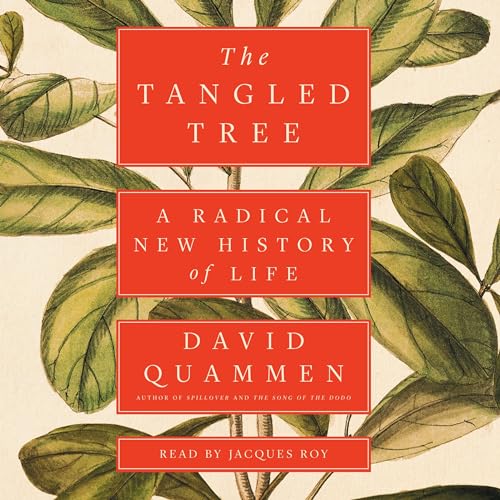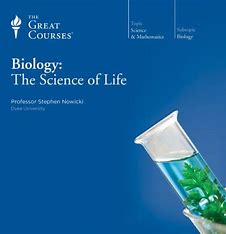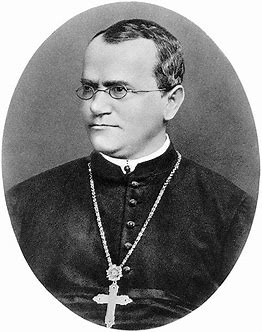Books of Interest
Website: chetyarbrough.blog
“The Tangled Tree” A Radical New History of Life
By: David Quammen
Narrated By: Jacques Roy
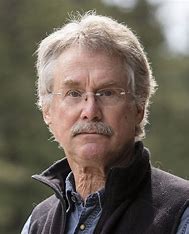
David Quammen (Author, Yale University graduate, Rhodes scholar, fiction and non-fiction nature and science writer and historian.)
Quammen’s history of the discovery of a new form of life is interesting and enlightening. Archaea cells are not discovered until 1977 at the University of Illinois. Archaea are neither animal nor vegetable but resemble bacteria, a single-celled prokaryote. Archaea are prokaryotic (without a nucleus), like bacteria. There seem to be two differences between Archaea and bacteria. Archaea often thrive in extreme environments by using ether-linked lipids while bacteria only use ester-linked lipids. The difference has to do with how these prokaryotes bond to lipid molecules.
Archaea are believed to have set a boundary for evolutionary diversity in earth’s early extreme environment.
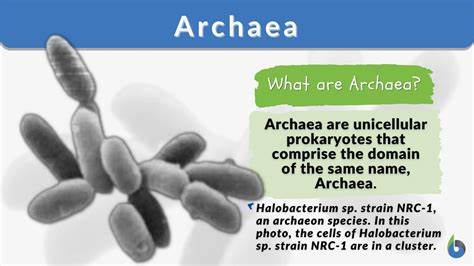
Archaea are believed to have played a role in the transition and adaptations that allowed life to change and flourish. The suggestion is that archaea were instrumental in creating a “The Tangled Tree” of life. Archaea, like bacteria, are everywhere in the soils and water of earth. Through chemical processes, they moderate global carbon and nutrients that exist in the world’s ecosystem. Some suggest life would have evolved without archaea but their role in earth’s early existence seems especially relevant because of early earth’s extreme environments.
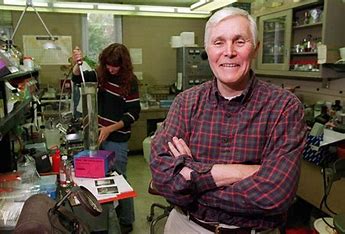
Carl Woese (1928-2012, American microbiologist and biophysicist.)
Quammen introduces Carl Woese, the evolutionary biologist who revealed archaea as a third form of life. Woese challenges Charles Darwin’s theory of evolution because this third domain of life, alongside bacteria and eukaryotes, fundamentally changed representation of life as a branching tree. Archaea are similar to bacteria in that they are procaryotic (singular cells with no nucleus). However, archaea have cell wall differences. Archaea cannot perform photosynthesis, they reproduce by fission, and interact with DNA and RNA differently. What is discovered about archaea is that like bacteria, they can transfer genetic information horizontally, i.e. directly affecting the evolutionary characteristics of species.
The idea of descendent inheritance is not overturned but hugely expanded with archaea becoming a part of the process of evolution.
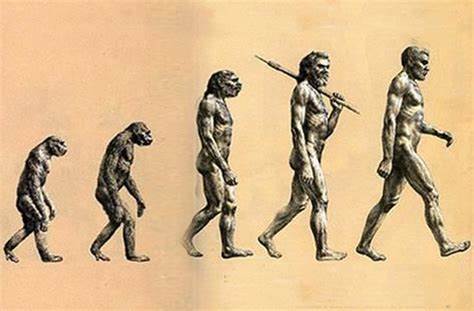
Archaea, like a bacterium can infect living things but as a genetic cell, archaea can initiate inheritance. To stretch one’s imagination, archaea might be transmitted between a human and a pet like a bacterium but with the potential of inheritable characteristics. Like learned behavior, the inference is there is a possible exchange of archaea cells between humans and pets that may change behavior of one or the other. The inference is that a pet dog may exhibit the behavior of its owner, not only because of learned behavior, but because of archaea transfer.
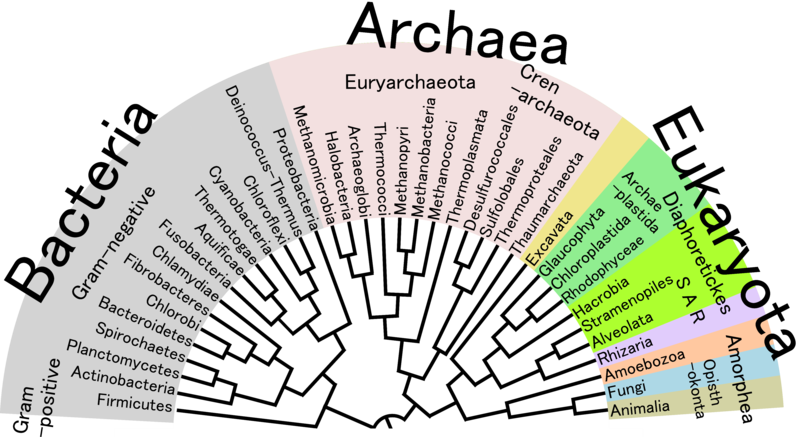
The idea of horizontal gene transfer (HGT) by archaea tangles the tree of life in ways that make natural selection a lottery as well as a parental inheritance.
Quammen touches on discovery of CRISPR (clustered regularly interspaced short palindromic repeats) which is a powerful technology that allows precise gene editing of an organism. As science discovers the genetic origin of disease and animal kingdom vulnerability, gene editing has the potential of saving or destroying life.
Quammen turns back to the age-old question about the beginning of life on earth. What came first and how did eukaryotes evolve into sentient beings? A suggestion made by some and recalled by the author is Loki’s Castle, a hydrothermal vent in the mid-Atlantic Ocean. Here, a thermophile, which is an archaeon, may have been life’s trigger that began evolution.
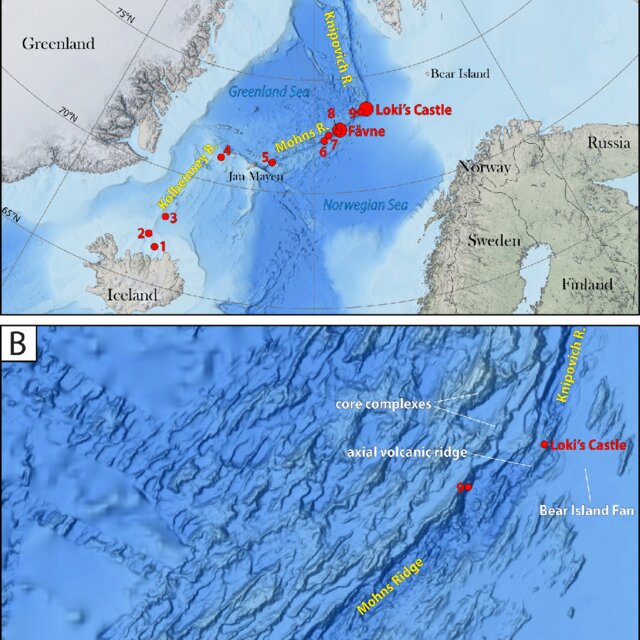
To Carl Woese, Darwin’s theory of evolution was, at the least, horribly misleading. Today, Darwin’s “Origin of Species” remains a seminal work of evolutionary science. Darwin’s work was based on observations during the voyage of the Beagle in the 1830s. Admittedly, natural selection from a common ancestor was not the whole story but it opened the door for further investigation and scientific proof.
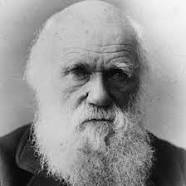
Woese and other biologists owe much to Darwin’s early observation and theory of evolution. Science begins with theory and evolves with proof, demonstrated by repeatable experimental results. Darwin gave the world the theory. Biologists have been working on the proof ever since.

